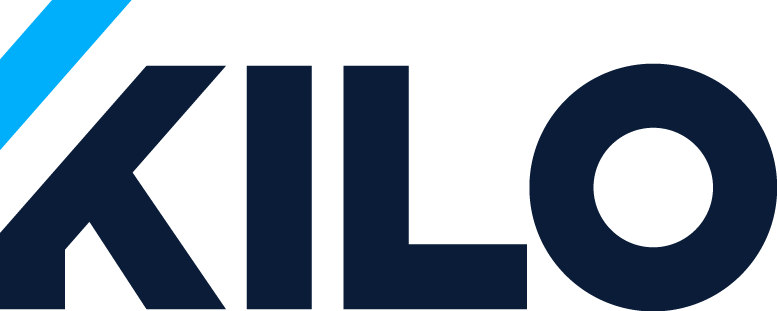Today, I am going to show you how to buy a business for $0 of your own money.
By following this process, you can buy an established, profitable business which decreases your chance of failure.
Unfortunately, most people think buying a business requires bank loans, a sophisticated business education, and tons of money. Because of that, they opt to start one from scratch, which is harder and riskier.
The $0 down business-buying framework.
This system isn’t for you if you’re trying to revolutionize an industry or become a trillionaire.
But if you want to run a multi-million dollar business, have a good work-life balance, and maximize your chance of success, buying a business is the fastest and easiest way to do it.
I’ve bought 7 businesses, and my most successful deal didn’t cost me a dollar of my own money.
Here’s how I did it:
Step 1: Position yourself
To finance 100% of their business, an owner wants to know the buyer will be able to keep the business going and pay back their debt.
Because of this, they’ll likely sell to a:
•Trusted party
•Strategic buyer
•Key staff member
To maximize your chance of getting a deal done, position yourself as one of these.
Let’s break down each one:
Trusted party: someone the owner likes & trusts
In my case, I had a relationship with the owner.
Most of their clients were referrals from the company I worked at.
They trusted me because I had a track record and industry expertise.
Strategic buyer: someone that can add value to the business
When I ran gyms, franchisors offered to give me struggling gyms for $0.
Some came with $500k+ of build-out & were almost breaking even.
In SaaS, it’s common for companies to buy their competitors in stock deals where no cash changes hands.
Key staff member: someone working in a critical role
The owner sells to a trusted manager that has experience running the business but may not have the capital or credit to acquire it.
Unless you’re buying the biz you work at, you’ll position yourself as a strategic buyer or a trusted party.
Things to remember when positioning yourself:
The market for buying & selling small businesses is inefficient. Many owners are open to selling but don’t want their customers or staff to know. If you’re not bidding against anyone else, you’ll have leverage. That’s why I prefer off-market deals and avoid marketplace listings.
Even if you are bidding against other people, remember that selling a business is an emotional decision. Owners don’t always sell to the highest bidder. They want to know that their customers and staff will be taken care of after the deal closes.
Step 2: Source a deal
Now that you know to position yourself, let’s find a business.
There are 4 ways to source a deal:
•Cold outreach
•Calling brokers
•Inbound marketing
•Searching marketplaces
For most people, cold outreach is the most effective way to get leads.
Why?
Brokers will have clients that qualify for traditional financing.
Inbound marketing will take 6-12 months to work if you’re starting from scratch.
Marketplaces are hyper-competitive.
So if you’re like me, you will use cold outreach.
Here’s the template I used to source 5 deals:
Subj: Interested in Selling?
Hey [OWNER],
My name is ____. [A sentence that proves you’re legit.]
We’re interested in acquiring [business type].
Do you have any interest in selling [COMPANY]?
If you have industry experience, you can reach out to 10 small biz owners (<$100k profit) & expect that:
•7 reply
•5 get on a call with you
•2-3 are open to owner financing
•1 will have a realistic expectation of price
If you don’t have industry experience, you’ll probably need to send out 2-3x more messages to get the same result.
Tips for narrowing your search:
Only buy a business that you understand, and be sure that you can grow that business after you buy it.
The more specific your search criteria, the better your results will be.
I was looking for website businesses doing $5-$25k/mo that serviced CrossFit gym owners. Because I was hyper-specific about what I was looking for, I could position myself as a great buyer.
Step 3: Structure your deal
There are 3 common structures for deals with 100% financing:
1. Term loan – set price, interest rate, & a repayment period
2. % of rev for a period of time – ex. 15% of rev for 5 yrs
3. % of rev w/ a buyout clause – ex. 15% of rev until you buy out the owner for $100k
I structured mine as % of rev w/ a buyout clause.
The owner received a % of our rev for 10 years, but we could buy them out for a lump sum at any time.
We bought them out in 6 months with cash flow from the biz.
As for price, it’ll vary widely depending on your niche and the business size. For any small &/or unprofitable business, valuation is more art than science.
For reference, I’ve paid between 0.65-1.25x revenue.
Tips for structuring a good deal:
Hire a lawyer with experience in small business M&A.
Negotiate a 3-month transition period with the owner and ensure every system and process in the business is documented before closing the deal.
And that’s it for this week.
Time to go shopping,
John






